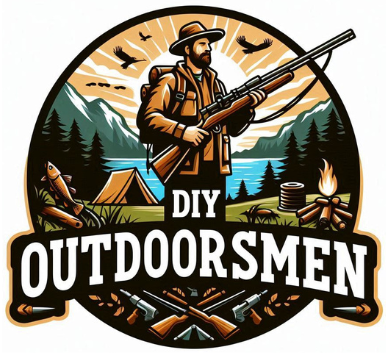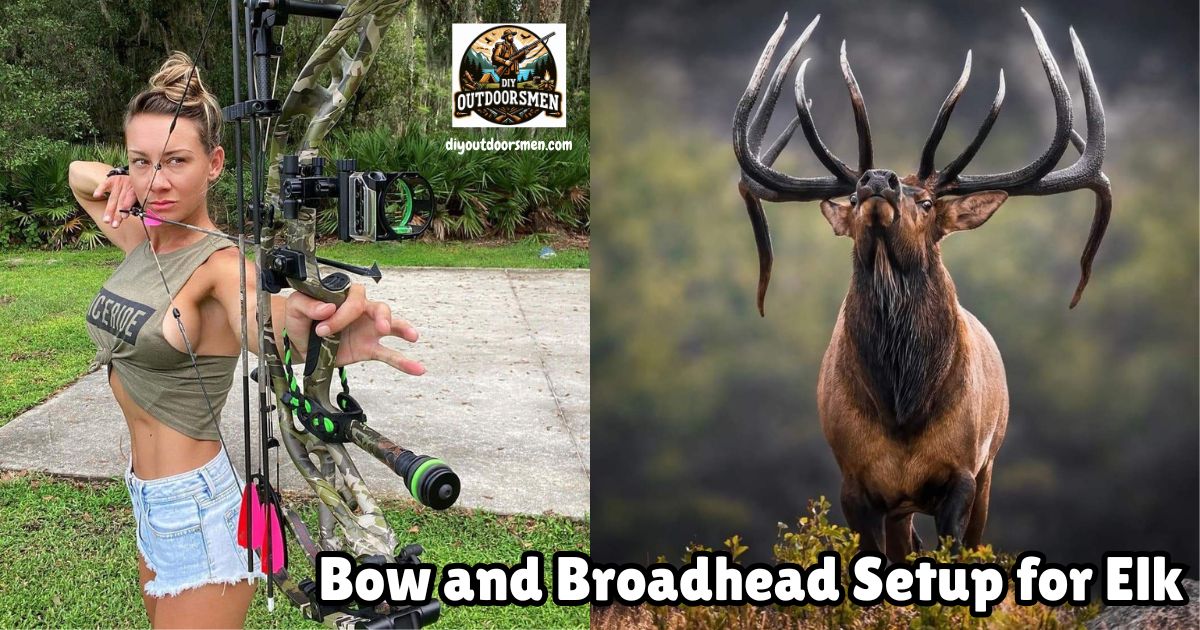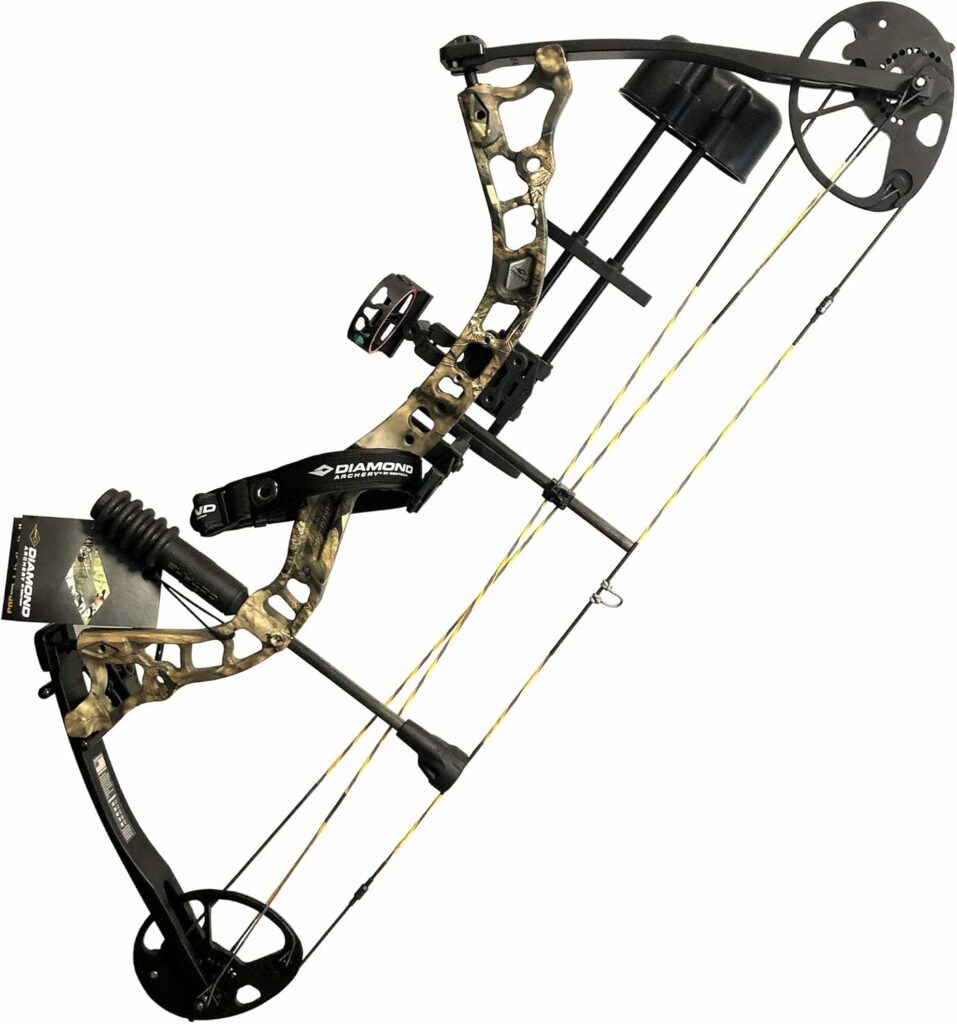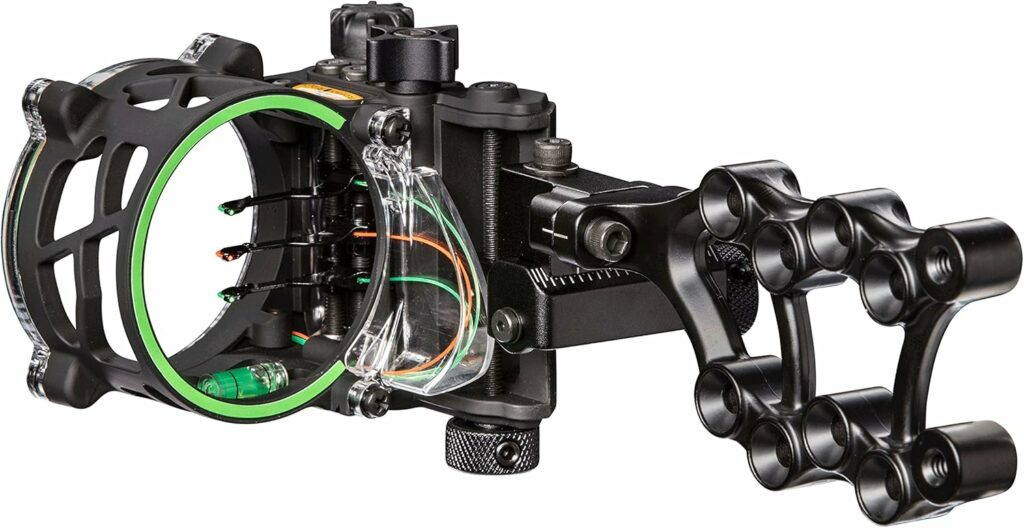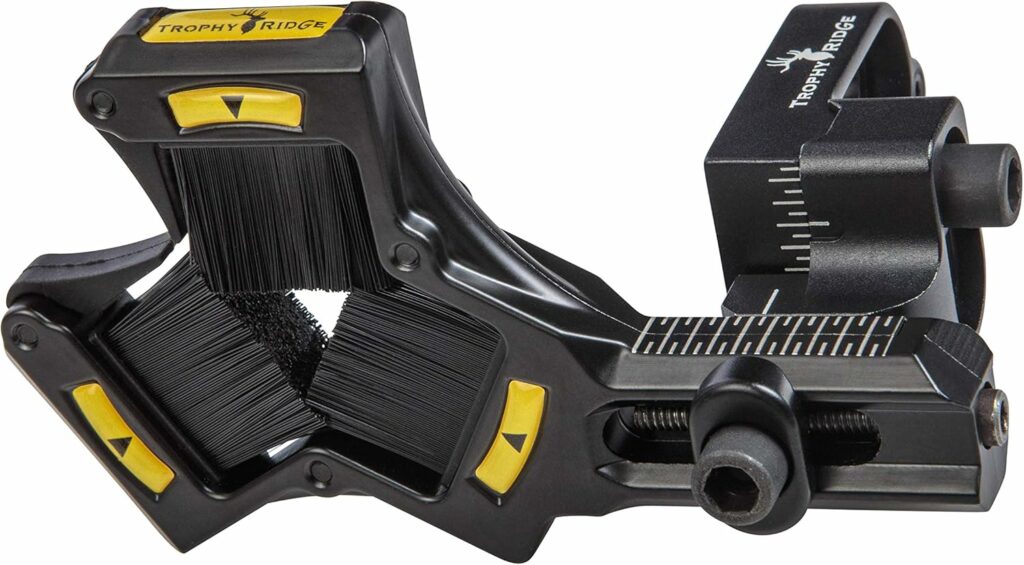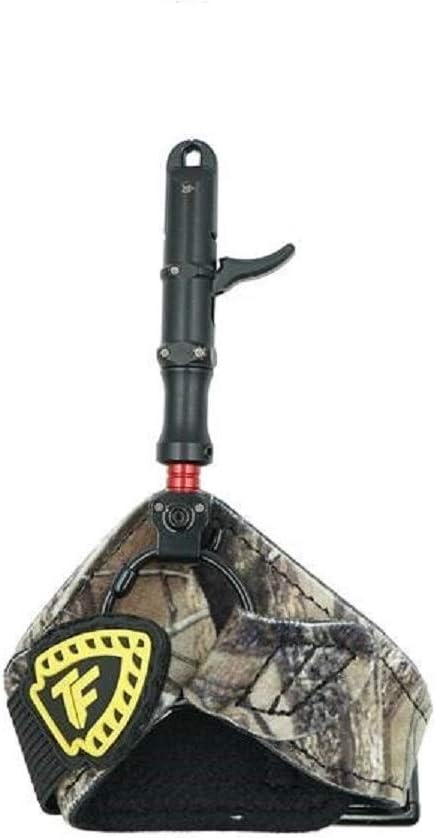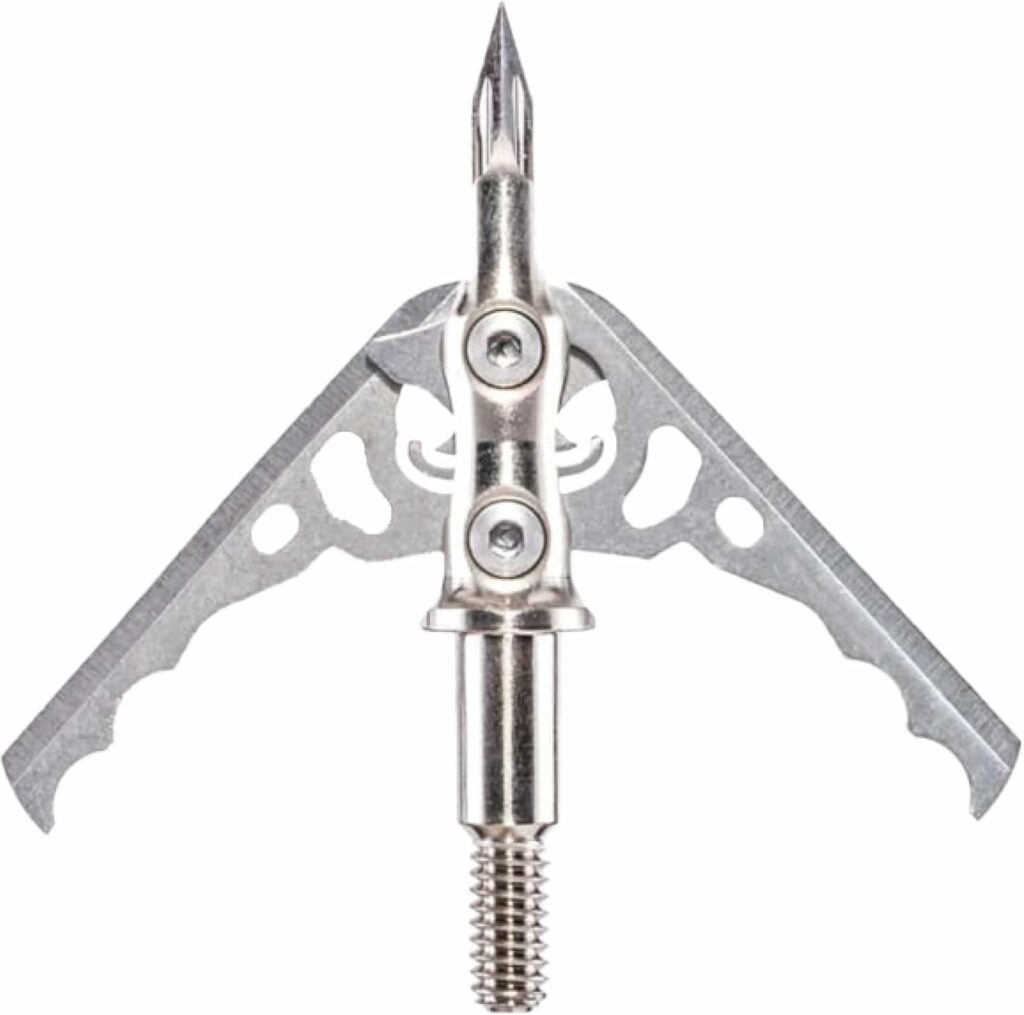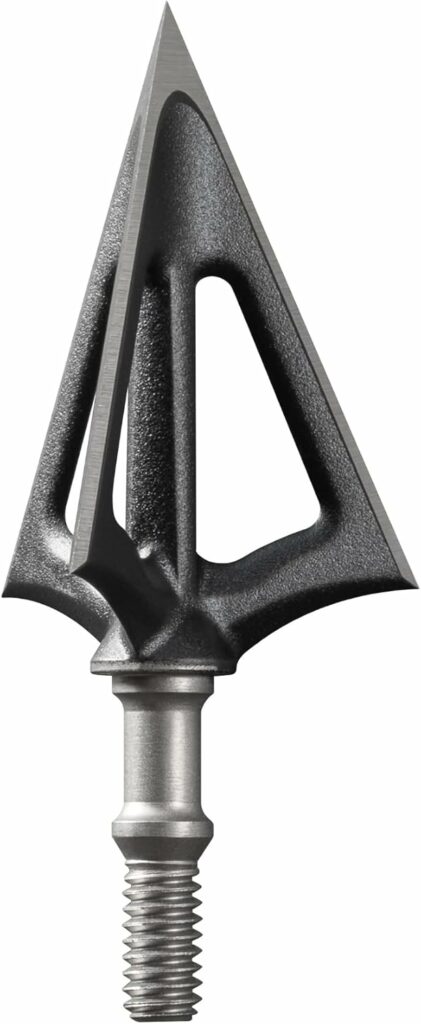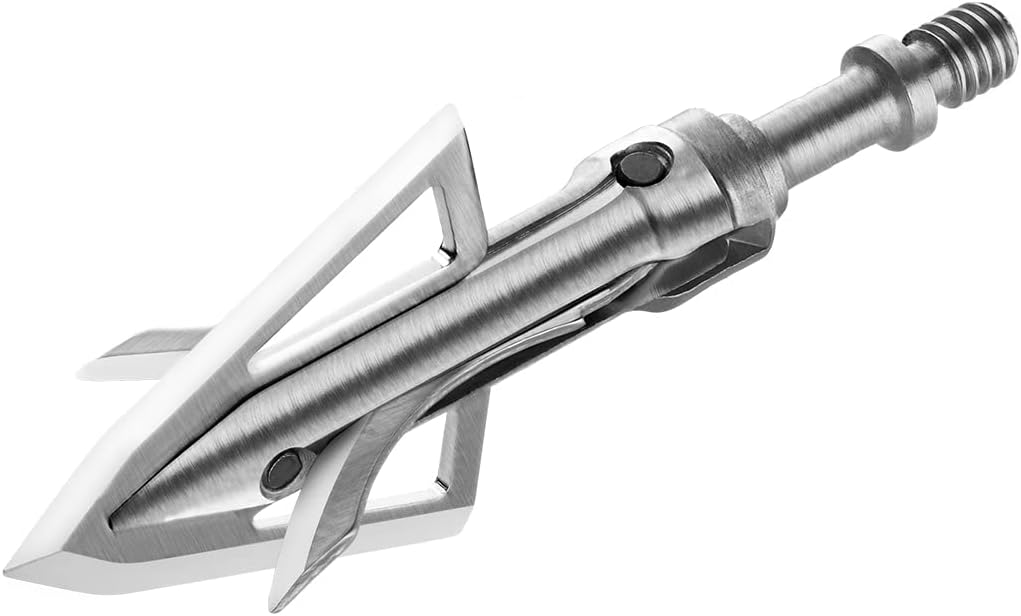Contents
- 1 Picking the Right Compound Bow for Elk Hunting
- 2 Bow Accessories to Give a Boost to Your Success
- 3 Choosing the Best Arrow Setup for Elk
- 4 Fixed Blade vs. Mechanical Broadheads for Elk
- 5 My Key Considerations Before Hitting Elk Country
- 6 Common Challenges and How I Tackle Them
- 7 Some Elk Hunting Equipment Tips I’ve Learned Over Time
- 8 Frequently Asked Questions
- 9 Ready to Hit the Elk Woods?
Dialing in a bow and broadhead setup for elk hunting can make a big difference in the field. Elk are tough, and they live in rugged terrain, so I always make sure my gear is reliable and efficient before stepping into elk country.
QUICK LOOK: Challenges of Bow and Broadhead Setups for Elk
- Arrow Tuning: Getting my arrows to fly perfectly sometimes takes several tries with different tips and releases. When a fixed-blade plane or drift occurs, it usually points to a slight tuning problem with the bow. Micro tweaks to my rest, broadhead alignment, or even fletching choices can clean up groups. Sometimes, a small adjustment in the arrow rest or swapping to stiffer vanes will fix the problem.
- Maintaining Sharpness: After practice and travel, broadhead blades can start to dull. I bring a field sharpener and always check for nicks or burrs before each hunt. Sharp blades make a clear difference in wound channels and recovery time. If a blade seems stubbornly dull, I replace it rather than risk a poor blood trail on game day.
- Backcountry Carry: Extra weight adds up quickly. I trim down unnecessary accessories and only pack what I truly use in the field, including a few extra arrows and at least two broadhead options. A lightweight bow sling and compact tools also help.
- Shot Angles: Real-world elk encounters rarely happen at perfect broadside angles. I practice steep uphill, downhill, and quartering shots throughout the summer to be ready for the real thing. Knowing my limitations on shot angles keeps me ethical and increases my recovery odds.
Here, I’m sharing an all-in-one approach to tuning a compound bow and choosing broadheads for elk. This practical advice comes from my seasons on the mountain and talking with experienced hunters over the years.
Picking the Right Compound Bow for Elk Hunting
Elk hunting comes with its own set of challenges. Weight, draw cycle, adjustability, and overall build are important. I look for a bow with a draw weight between 60 and 70 pounds. This range gives me enough arrow speed and energy for solid penetration without sacrificing accuracy or control.
Bows that are light and easy to carry become helpful, especially when hiking for miles or finding your way through thick brush. I usually stick to bows with axle-to-axle lengths around 29 to 31 inches for a good balance between maneuverability and accuracy.
The draw cycle also matters. A smooth, steady draw helps me hold and settle when I have to wait for the perfect shot. Most modern compound bows are comfortable, but I always shoot a few models before choosing. No matter what, being able to draw and shoot accurately is always more important than squeezing out a few extra pounds of draw weight.
Bow Accessories to Give a Boost to Your Success
My setup isn’t complete without quality accessories. A tough sight with both second and third axis adjustment makes a real difference for longer shots or awkward uphill and downhill angles. Multipin sights with a slider option help me keep up with changing distances when elk are on the move.
I like drop-away arrow rests, such as the QAD Integrate MX. These give me full arrow clearance and a smooth release. For stabilizers, I experiment with front bars in the 8 to 12 inch range and sometimes add a back bar for better balance. The goal is to steady the sight picture at full draw, especially after a tiring hike or climb. If you hunt in steep terrain, a properly set stabilizer can make shots from tough spots much easier.
A good quiver saves me headaches in the backcountry. I want one that hugs the bow tightly and holds arrows securely. If it slides up and down for adjustment, that’s a bonus. Noise reduction and avoiding snagging on branches are priorities. A quiet quiver helps me move more naturally and keeps arrow chatter at bay as I stalk elk. I always check the mounting screws and foam to ensure nothing rattles.
Choosing the Best Arrow Setup for Elk
Arrow selection has a big impact on penetration and accuracy. I aim for a total arrow weight between 440 and 550 grains. Heavier arrows help punch through heavy bones and thick tissue. Elk are built tough, and massive blood trails often start with a well-tuned, heavy arrow.
Getting the right spine is important. Arrow manufacturers provide charts that map out which spine matches my draw weight and arrow length. Using too weak or too stiff a spine can throw off accuracy and reduce penetration.
I also look at front-of-center (FOC) balance, shooting for 13% to 16%. This typically means combining heavier inserts with broadheads in the 125 to 150 grain range, along with using arrows with reinforced construction. Microdiameter shafts are worth a look, too. These skinnier arrows deal with wind better and seem to drive deeper, especially on quartering shots or when hitting bone.
They sometimes require special components, but in my experience, the trade-off is worth it for more consistent performance and less wind drift in open mountain country. I also look at shaft straightness and durability, since elk hunts can be rough on gear.
Fixed Blade vs. Mechanical Broadheads for Elk
Most experienced elk hunters lean toward fixed-blade broadheads because they are reliable and tough. I’ve had the best luck with broadheads that have steel ferrules and thick, razor-sharp blades. Models like Iron Will, Magnus Stinger, and G5 Montec M3 are popular for a reason.
The Iron Will S Series broadheads fly quietly and cut cleanly. I like their ability to keep spinning through impact, which can help slice through bone. Some hunters use mechanical broadheads if their bows push higher poundages and heavy arrows.
If I go this route, I pick smaller cutting diameters—no more than 1.75 inches—and rear deploy styles for better penetration. SEVR Titanium and Beast Broadheads 2.0″ are both frequently mentioned by serious hunters, but I always keep in mind that fixed blades seem to offer fewer surprises when it counts.
A friend of mine once tried mechanicals after tuning his setup, but came back to fixed blades after some lost penetration on a big bull. Whether two, three, or four blades, the most important thing is that the broadhead flies true and remains razor-sharp.
I always check my broadheads before a hunt and touch up blades as needed. Even the toughest broadhead is only as effective as its cutting edge. Don’t be afraid to spend extra time testing different models and confirming field point and broadhead grouping.
My Key Considerations Before Hitting Elk Country
Shooting accuracy always trumps having a heavy setup. I can shoot a 70-pound bow, but if I only group consistently at 65 pounds, that’s what I hunt with. Comfort and consistency provide the confidence I need for ethical shots in challenging conditions and when adrenaline hits. I find that muscle memory, developed by repeating my shot process, makes a bigger difference than chasing speed, so I stick with what I can handle cleanly.
Tuning fixed-blade broadheads takes extra practice and patience. Sometimes I have to adjust arrow rests or nock points so that broadheads group with my field points. I usually practice with at least one hunting broadhead before every season, and I mark that arrow to avoid dulling blades on foam targets.
State regulations on minimum draw weight or legal broadhead styles vary. I always double-check rules before packing for a trip. Some states require a broadhead width over 7/8 inch or certain types of blades, so reading up in advance avoids last-minute surprises. It’s not worth risking a hunt over a regulation slip-up.
I also make sure every aspect of my setup is silent and tested in real hunting scenarios. This means drawing with gloves, firing from awkward positions, and carrying my bow through thick timber. Silent gear and muscle memory become second nature after spending time simulating real hunts. Little things like a squeaky d-loop can blow a close stalk—address those before the season.
Common Challenges and How I Tackle Them
- Arrow Tuning: Getting my arrows to fly perfectly sometimes takes several tries with different tips and releases. When a fixed-blade plane or drift occurs, it usually points to a slight tuning problem with the bow. Micro tweaks to my rest, broadhead alignment, or even fletching choices can clean up groups. Sometimes, a small adjustment in the arrow rest or swapping to stiffer vanes will fix the problem.
- Maintaining Sharpness: After practice and travel, broadhead blades can start to dull. I bring a field sharpener and always check for nicks or burrs before each hunt. Sharp blades make a clear difference in wound channels and recovery time. If a blade seems stubbornly dull, I replace it rather than risk a poor blood trail on game day.
- Backcountry Carry: Extra weight adds up quickly. I trim down unnecessary accessories and only pack what I truly use in the field, including a few extra arrows and at least two broadhead options. A lightweight bow sling and compact tools also help.
- Shot Angles: Real-world elk encounters rarely happen at perfect broadside angles. I practice steep uphill, downhill, and quartering shots throughout the summer to be ready for the real thing. Knowing my limitations on shot angles keeps me ethical and increases my recovery odds.
Some Elk Hunting Equipment Tips I’ve Learned Over Time
Broadhead alignment plays a bigger role in fixed blade accuracy than most expect. I regularly spin test my arrows by rolling them on a hard surface. If the tip wobbles, I check the insert, replace the broadhead, or use small shims to straighten things out. Even a cheap arrow spinner can make a difference.
Arrow vanes can make a difference, too. I find low-profile, stiff vanes help control broadheads without creating extra noise or drag. Some folks switch to four fletch for even more steering, and it’s worth trying both if accuracy isn’t where you want it. I also check my vane adhesion after wet hunts to avoid losing a vane in the middle of my season.
I also carry a backup field point arrow for follow-up shots or small game opportunities while in elk country. Having a multipurpose arrow saves space and adds flexibility without much extra weight.
Frequently Asked Questions
What’s the best draw weight for elk hunting?
Most hunters find that bows set between 60 and 70 pounds offer enough power and reliability for elk-sized animals. Shooting accurately at these weights is more important than maxing out poundage.
Should I shoot fixed-blade or mechanical broadheads for elk?
Fixed-blade broadheads are favored by most elk hunters because of their penetration and durability. Mechanical broadheads can work if the rest of your setup is stout and you’re confident in their performance, but fixed blades leave less to chance and are easier to double-check in the field.
What total arrow weight is ideal for elk?
A total arrow weight between 440 and 550 grains is a popular range for elk. This offers a good blend of speed, stability, and kinetic energy for heavier-boned game.
How much does arrow FOC matter for elk?
An FOC between 13% and 16% improves arrow flight and penetration. Heavier inserts and broadheads help get to these numbers without sacrificing structural integrity.
Ready to Hit the Elk Woods?
Building a tuned bow and broadhead setup for elk hunting isn’t just about chasing specs or gear. It’s about creating a system I trust to keep up with the hunt and make ethical shots when the opportunity shows up. From making sure I can draw my bow comfortably to practicing with my chosen broadheads, every step helps build confidence for those moments that matter in elk country.
And if you’re planning your first or fifteenth elk hunt, always tinker and test—little changes might make the biggest difference next time you’re at full draw, waiting for your shot at a trophy bull.
Most Recent Articles:
- Complete Guide On Tracking Game Animals
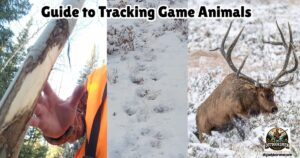
- DIY 4-Step Guide To Field Dressing And Quartering A Deer
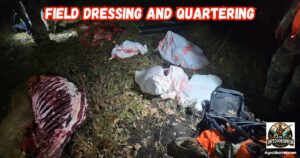
- Night Vision Binoculars For Nocturnal Hunting
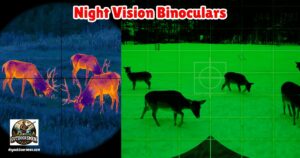
- The Science Behind Camouflage Patterns For Deer Hunting
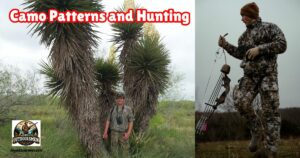
- Binocular Accessories For Hunters

- 9 Tips for Using Trail Cameras To Track Deer Movements

As always, stay safe, enjoy the journey, and please try to leave it cleaner than you found it. If you have any comments, questions, ideas, or suggestions, please leave them in the comment section below, and I’ll get back to you ASAP. You can follow us on YouTube: Man Art Creations for videos of our DIY Adventures.
P.S. Thanks so much for checking out our blog; we really appreciate it. Just so you know, we may receive a commission if you click on some of the links that appear on our site. This helps us keep our content free and up-to-date for everyone. We appreciate your support!
